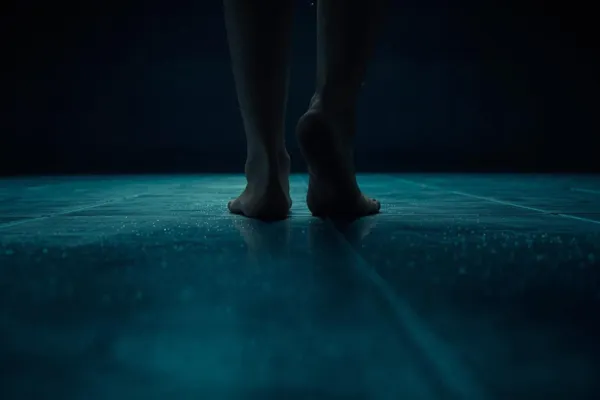We often focus on facial expressions, hand gestures, and posture when trying to understand nonverbal cues. But what if one of the most honest parts of our body is the one we pay the least attention to? Your feet can reveal a surprising amount about your true feelings, intentions, and comfort level in any given situation.
Let's take a step into the world of foot-related body language and uncover the signals you might be sending—and seeing—every day.
The Honest Indicators

Why are feet so revealing? Unlike our faces, which we've trained to mask our emotions, our feet are often an unconscious outlet for our true feelings. When we feel anxious, excited, or ready to leave, our feet often react before we've even processed the thought. This makes them a reliable source of information for those who know what to look for.
Common Foot Cues and What They Mean
Understanding these signals can improve your communication skills and help you better read social situations. Here are some common foot positions and movements to watch for.
1. The Direction They Point
One of the most powerful cues is the direction a person's feet are pointing.
Pointing Away: If you're talking to someone and notice their feet are angled toward an exit, another person, or simply away from you, it could mean they are ready to end the conversation. Their body is literally preparing to walk away. This is often called the "exit signal."
2. The Happy Feet Wiggle
Have you ever seen someone bouncing on the balls of their feet or wiggling them with excitement? This is often a sign of positive anticipation or genuine happiness. It’s a physical manifestation of good news or eagerness. A child waiting for a treat or an adult who just received a great job offer might display this behavior.
3. The Anxious Tap or Shuffle
On the other hand, restless foot movements can signal nervousness, impatience, or anxiety. A constant foot-tapping, shuffling, or leg-shaking can indicate a build-up of nervous energy. The person may feel uncomfortable, stressed, or eager to get a move on.
4. The Leg Cross: Open vs. Closed
How a person crosses their legs can also provide valuable insight.
Standard Leg Cross: Crossing one leg over the other at the knee is very common and can simply be a comfortable sitting position. However, when combined with crossed arms and a tense posture, it can form a defensive barrier, signaling that the person is feeling closed off or resistant to what's being said.
The Ankle Lock: When someone locks their ankles together while seated, it can be a sign of holding back an emotion, feeling uncertain, or dealing with anxiety. It’s like they are physically trying to keep themselves contained. You might see this in a stressful situation, like a job interview or a difficult conversation.
Using This Knowledge for Self-Improvement

Beyond just reading others, understanding foot body language can help you manage your own nonverbal signals. In a business meeting where you want to appear confident and engaged, make sure your feet are flat on the floor and pointed toward the main speaker. If you're on a date and want to show interest, ensure your posture and feet are oriented toward the other person.
By paying attention to these subtle cues, you can gain a deeper understanding of the unspoken dynamics at play in your personal and professional life. The next time you're in a conversation, take a quick glance down. You might be surprised at what you learn.
Social Media Copy
You think you're an expert at reading people, but are you looking in the right place?
Your feet are often the most honest part of your body, revealing hidden emotions and intentions you're not even aware of. From interest and excitement to anxiety and the desire to leave, your feet say it all.
Want to decode these powerful nonverbal signals? Read our latest blog post to uncover what your feet—and the feet of those around you—are really telling you.
Click the link in our bio to learn more!







